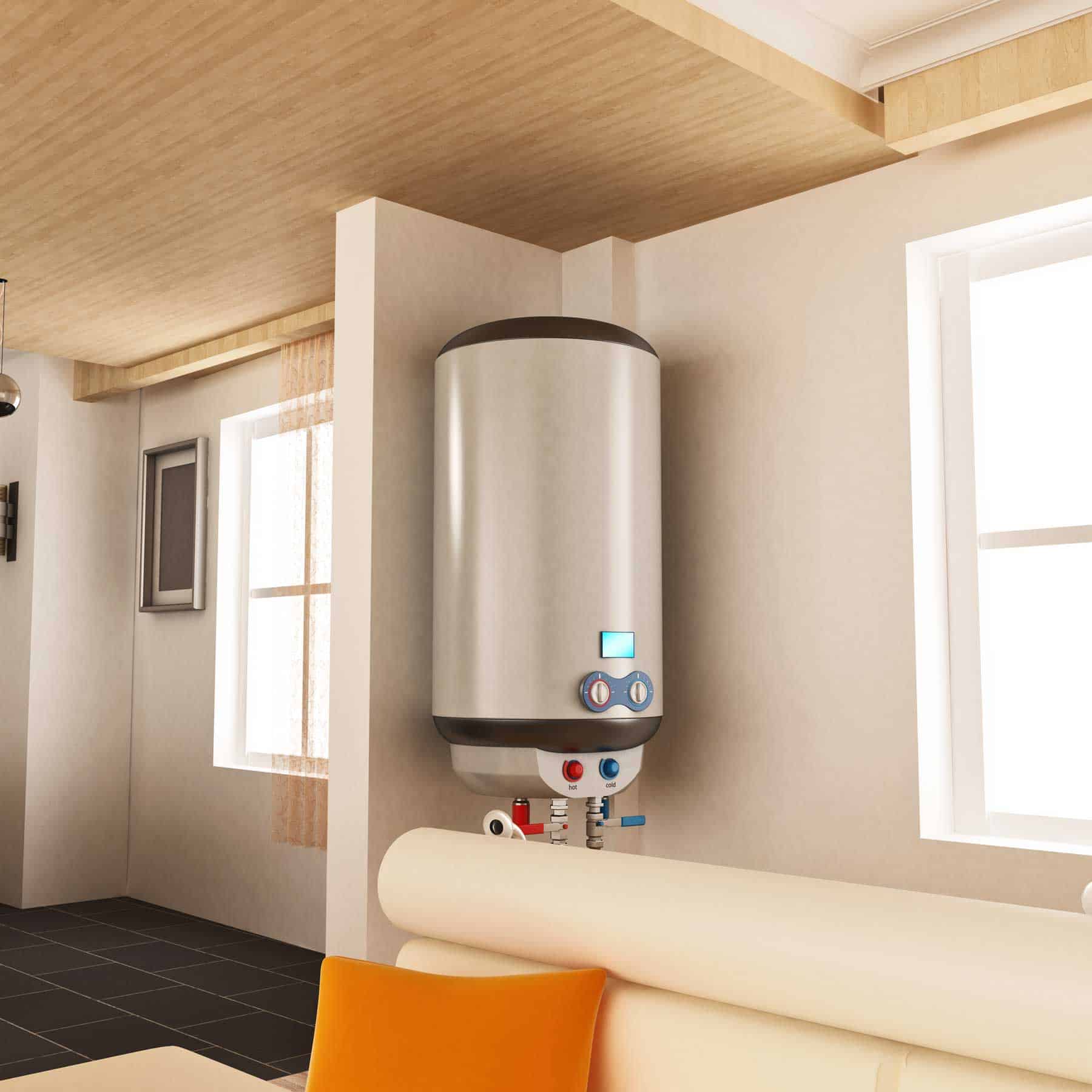Expert Tips for Maintaining Your Home's Hot Water SystemImportant Care Strategies for Your Home's Hot Water System
Expert Tips for Maintaining Your Home's Hot Water SystemImportant Care Strategies for Your Home's Hot Water System
Blog Article
The article directly below on the subject of Water Heater Maintenance Tips You Can't Afford to Forget is absolutely attention-grabbing. Give it a go and make your own ideas.

Hot water is crucial for everyday convenience, whether it's for a rejuvenating shower or cleaning dishes. To ensure your warm water system runs successfully and lasts longer, regular maintenance is vital. This article offers functional pointers and insights on how to preserve your home's warm water system to stay clear of disruptions and costly repair work.
Intro
Keeping your home's hot water system could seem complicated, yet with a few basic actions, you can guarantee it operates smoothly for many years to find. This overview covers everything from comprehending your warm water system to DIY maintenance ideas and recognizing when to hire expert aid.
Importance of Maintaining Your Warm Water System
Normal upkeep not only prolongs the life expectancy of your warm water system yet also ensures it runs successfully. Disregarding maintenance can result in reduced performance, greater energy bills, and even premature failing of the system.
Indicators Your Warm Water System Needs Maintenance
Recognizing when your warm water system needs attention can avoid major problems. Watch out for indicators such as irregular water temperature level, odd sounds from the heating unit, or rustic water.
Flushing the Water Heater
Purging your hot water heater gets rid of debris accumulation, improving efficiency and lengthening its life.
Monitoring and Replacing Anode Rods
Anode rods prevent deterioration inside the container. Checking and replacing them when worn out is crucial.
Facility Concerns Needing Professional Help
Examples include significant leakages, electrical problems, or if your hot water heater is continually underperforming.
Regular Professional Maintenance Conveniences
Expert maintenance can include extensive evaluations, tune-ups, and guaranteeing compliance with safety criteria.
Evaluating and Readjusting Temperature Level Settings
Adjusting the temperature setups makes sure ideal performance and safety.
Do It Yourself Tips for Upkeep
You can perform numerous upkeep tasks yourself to keep your warm water system in leading condition.
Checking for Leakages
On a regular basis examine pipes and links for leaks, as these can lead to water damages and greater bills.
Understanding Your Warm Water System
Before diving right into maintenance jobs, it's valuable to recognize the fundamental parts of your hot water system. Typically, this includes the hot water heater itself, pipes, anode poles, and temperature controls.
Regular Monthly Maintenance Tasks
Routine monthly checks can assist capture minor concerns before they intensify.
Examining Pressure Alleviation Valves
Testing the stress safety valve ensures it operates correctly and stops excessive pressure build-up.
Insulating Pipelines
Insulating hot water pipelines reduces warm loss and can conserve energy.
When to Call an Expert
While do it yourself maintenance is helpful, some issues need specialist proficiency.
Final thought
Routine upkeep of your home's hot water system is necessary for performance, longevity, and expense financial savings. By following these suggestions and understanding when to seek expert aid, you can ensure a reputable supply of warm water without unanticipated disruptions.
How to Maintain an Instant Hot Water Heater
Before tinkering with your hot water heater, make sure that it’s not powered on. You also have to turn off the main circuit breaker and shut off the main gas line to prevent accidents. Also turn off the water valves connected to your unit to prevent water from flowing into and out of the appliance. 2. When you’re done, you have to detach the purge valves’ caps. These look like the letter “T” and are situated on either side of the water valves. Doing so will release any pressure that has accumulated inside the valves while at the same time avoid hot water from shooting out and burning your skin. 3. When the purge valves’ caps are removed, you have to connect your hosing lines to the valves. Your unit should have come with three hoses but if it didn’t, you can purchase these things from any hardware or home repair shops. You can also get them from retail stores that sell water heating systems. Read the user’s manual and follow it to complete this task properly. When the hosing lines are connected, open the purge port’s valves. 4. You should never use harsh chemical cleaners or solutions when cleaning your unit. Make use of white vinegar instead. It should be undiluted and you’ll probably use about 2 gallons. 5. Now flush your water heater. This task should probably take about 40 minutes. We can’t give you specific directions for this because the procedure is carried out depending on the type, model and brand of your heater. With that being said, refer to the user’s manual. 6. When you’re done draining the unit, you have to turn off the purge port valves again. Remove the hosing lines that you earlier installed on each of the water valves. Put the valve caps (purge port) back in their respective places and be very careful so as not to damage the rubber discs that are found inside these caps. 7. Now that everything’s back in place, check your user’s manual again to find out how to reactivate your water heating system. 8. Once it is working, turn one of your hot water faucets on just to let air pass through the heater’s water supply pipes. Leave the tap on until water flows smoothly out of it. https://www.orrplumbing.com/blog/2014/september/how-to-maintain-an-instant-hot-water-heater/

We had been shown that editorial about How to Maintain a Hot Water Heater in a Few Simple Steps from an associate on another website. Enjoyed reading our post? Please quickly share it. Let others locate it. We cherish your readership.
Schedule A Service Call Report this page